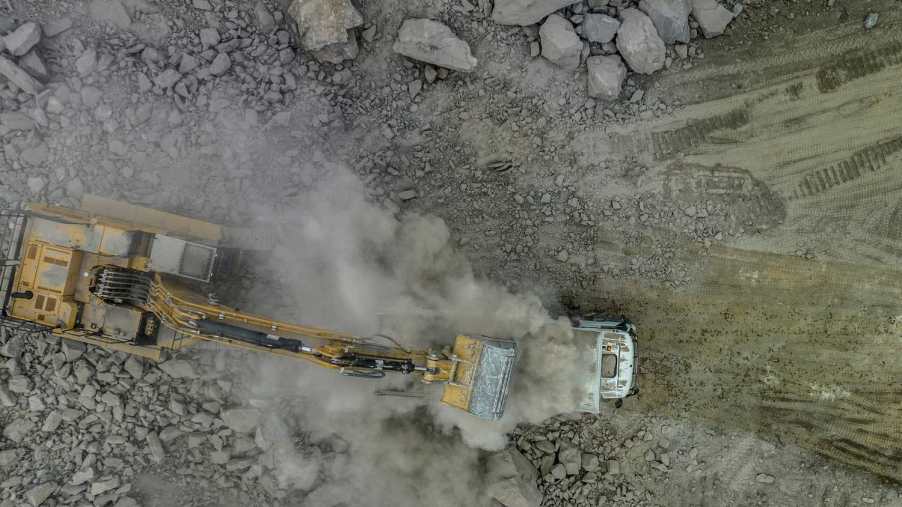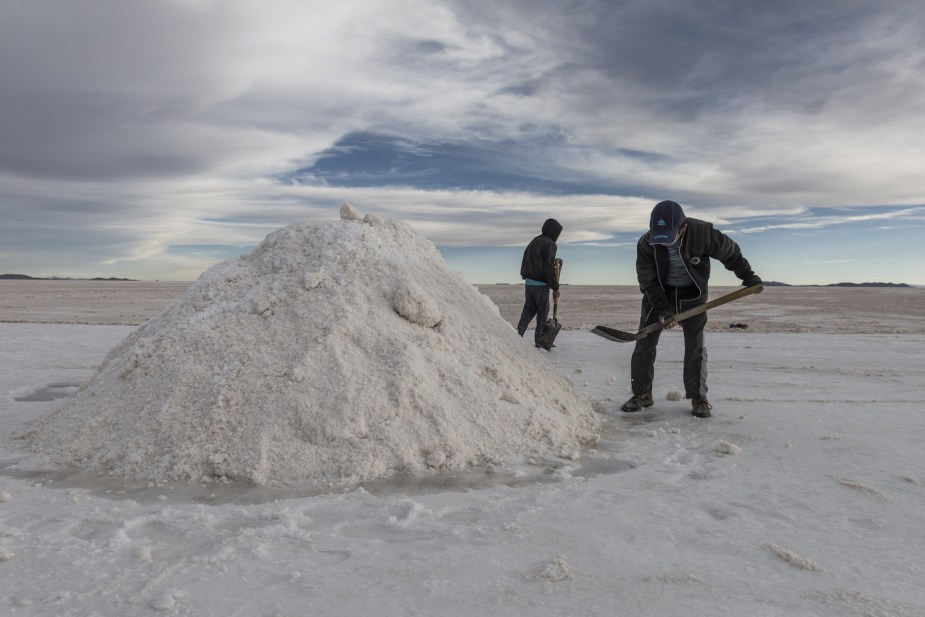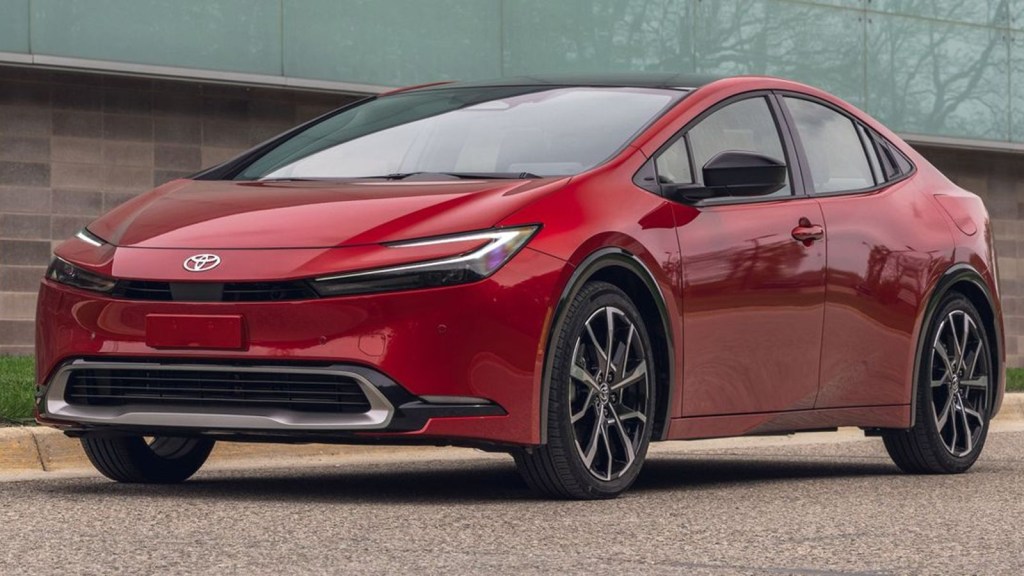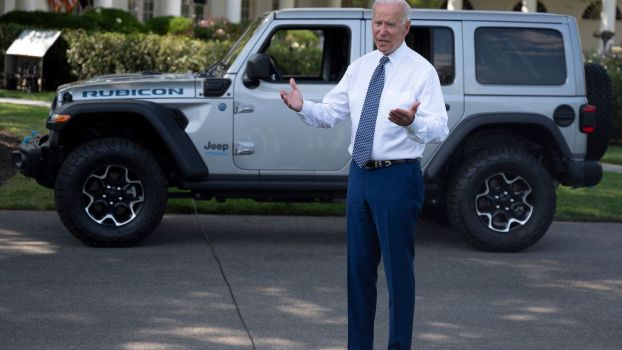
Toyota’s Leaked 1:6:90 Rule Reveals Why It’s Not Wasting Lithium on EVs
When Akio Toyoda, the heir to the Toyota company and retired CEO, said he believes the worldwide EV market cap will be just 30% of vehicles many said he’d lost touch. When scientists tell us that tailpipe emissions contribute to global warming, its easy to assume that a fleet of 100% EVs is the most sensible answer. But Toyota recently revealed it 1:6:90 rule, and this guideline for lithium allocation makes sense.
First, its important to establish that our lithium supply chain is severely limited. Elon Musk likes to remind us that lithium is one of the three most common elements in the universe. But here on Earth, molecules of lithium are scattered throughout the planet’s crust. It is more concentrated in places such as Tibet and Bolivia. But to “mine” it we dig holes in salt flats, fill them with water, let the water evaporate, pile up the slightly more concentrated lithium slush, and often do it all over again. It is slow, bad for the local environment, and not an easy task for often underpaid workers.

New technologies will eventually increase the mining rate, but not any time soon. Automakers worry if we increase EV production we’ll max out our supply chain. The CEO of Mercedes warns EVs may double in price. The CEO of Stellantis worries there isn’t enough lithium on Earth to swap our massive automotive fleet for EVs–at any price point.
Obviously, we should use any lithium we can get our hands on to decrease emissions of greenhouse gases. But we may not be doing so in the most effective way.

Enter Toyota: A leaked document reveals the automaker told its dealership network that the lithium and other rare materials required to build an EV could also be enough for six plug-in hybrids. Or, it could make 90 hybrids. What’s more, swapping 90 internal combustion cars for hybrids is much better for the environment than building one full EV. Much, much better. Toyota: “The overall carbon reduction of those 90 hybrids over their lifetimes is 37 times as much as as single battery EV.”
These numbers line up with my previous reporting. The Tesla Model S Long Range uses enough lithium to make more than 11 PHEVs. The Rivian R1T uses up enough lithium for 20 PHEVs. And the Hummer EV hogs enough lithium for 24 PHEVs. To get these numbers, I’m using the battery in the last generation Prius Prime PHEV. It got 25-miles of all electric range out of 1.5 kg of lithium. That’s enough range that the average American driver would only fire up the gasoline engine on long road trips.
I’ve termed this practice–reserving the planet’s limited lithium supply for massive luxury vehicles driven by rich westerners–“lithium hoarding.” Its good to see at least Toyota is wising up.
Next, read more about the problem of lithium hoarding, or see a deep dive on just how green full EVs are in the video below:





